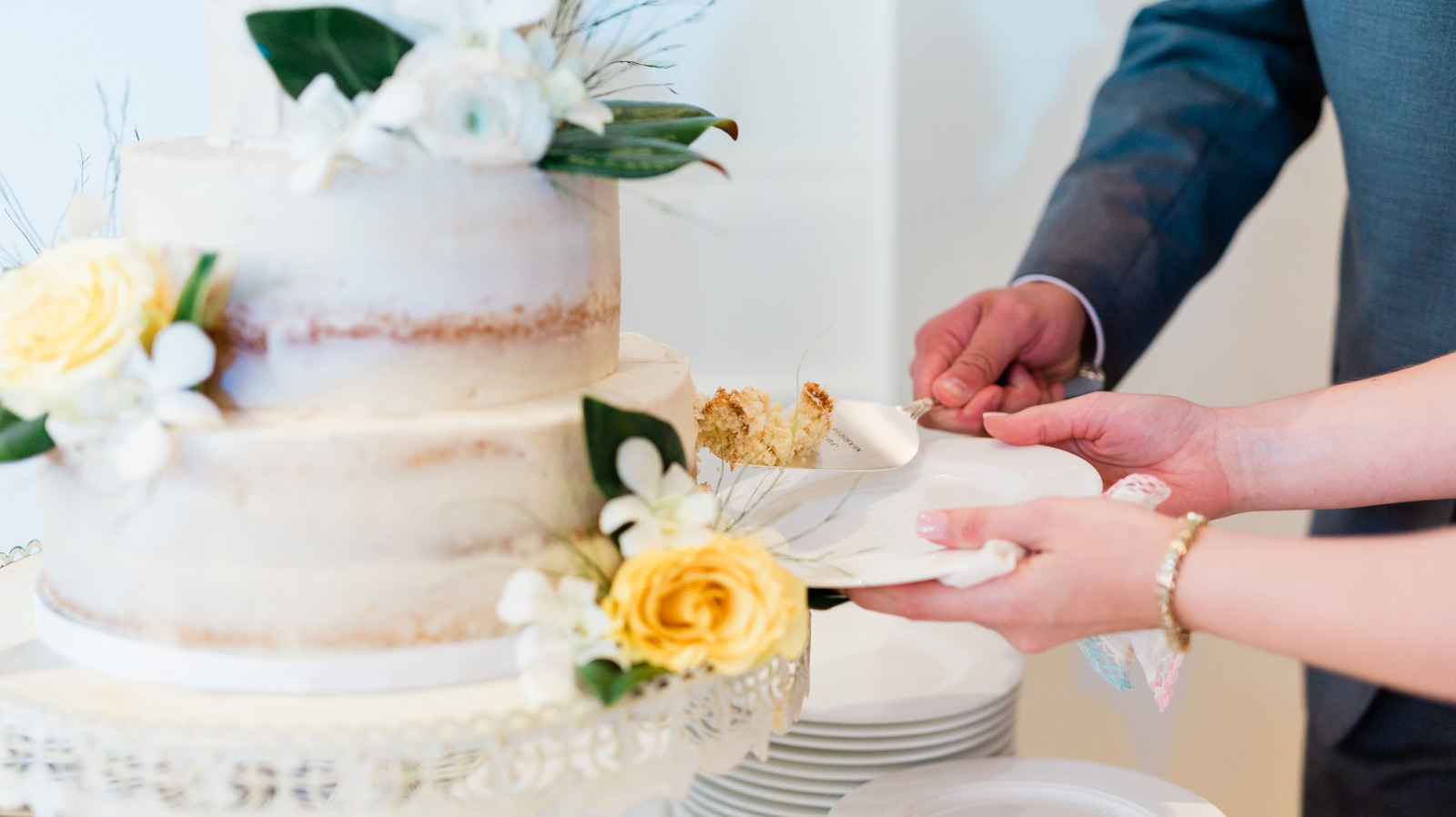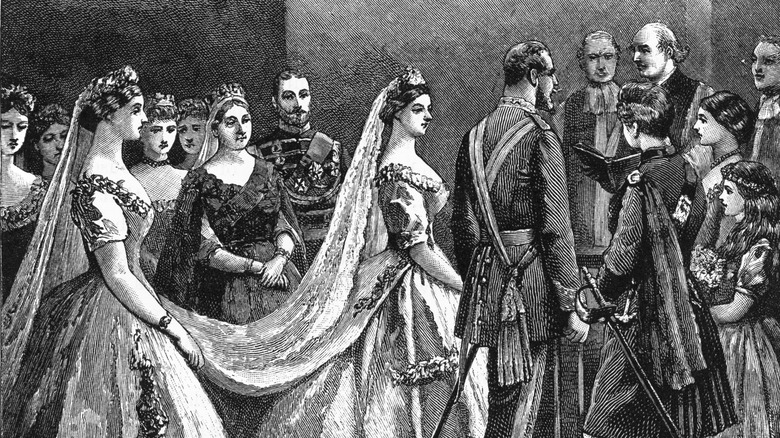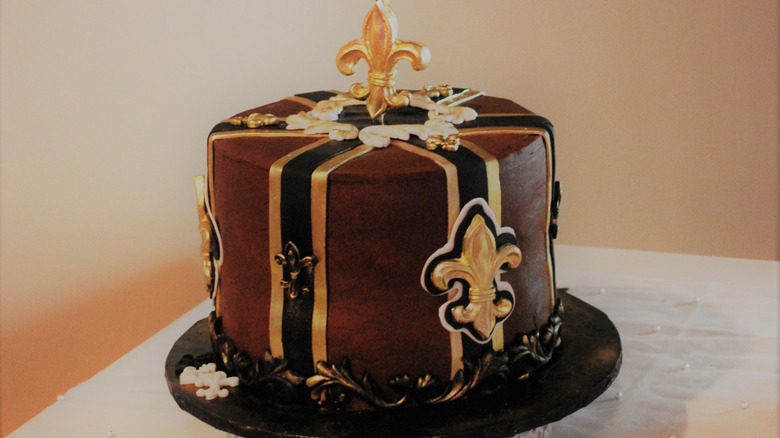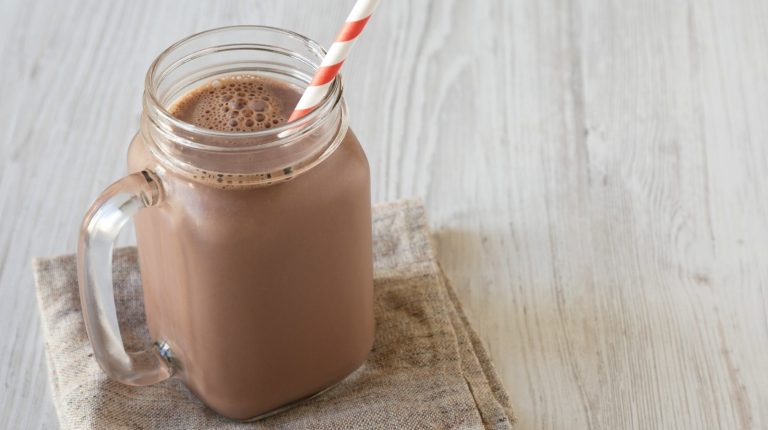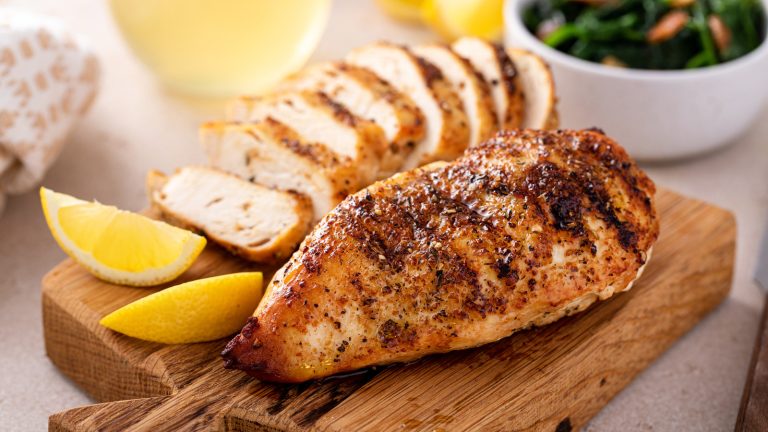“We agree on one thing,” the bride, Shelby, says in the midst of a last-minute row with her mother, “the groom’s cake! It’s awful.” The cake, she notes with a tinge of disgust, is made in the likeness of an armadillo with a gruesome red velvet interior. The women all react in disgust and disbelief. This charming exchange comes by way of the 1980s classic film “Steel Magnolias,” which documents the lives of six Southern women living in Louisiana. The armadillo groom’s cake is certainly a highlight of the film. However, if you’re not well versed in Southern marriage tradition, you might be left scratching your head as to what a groom’s cake even is, and why in the world it would ever take the shape of an armadillo.
Well, as to why anyone would choose an armadillo-shaped cake is still a bit of a mystery. As to what a groom’s cake is, that’s a bit easier to answer. Essentially, a groom’s cake is a cake made for the groom, separate from the wedding cake, that is meant to express his interests or hobbies. It is often seen as a gift from the bride to the groom, as a means of including the groom’s interest in a wedding otherwise focused on the bride. The tradition arises from the 19th century in England, and soon made its way to the United States, where it was, for a time, popular across the nation. But as time has worn in, it seems that the South has held closer to this tradition than other regions. Speaking of quirky Southern wedding traditions, if having a groom’s cake seems fun, you’ll want to try burying some bourbon for good luck as well.
The history of the groom’s cake
As with many American traditions, the groom’s cake has roots outside of our relatively young country. Indeed, many wedding customs, like the use of white dresses and engagement rings, are entirely the product of Victorian English culture. During the 19th century, traditional wedding cakes weren’t seen as being appealing to men. So, in order to appease the groom’s more solid, manly tastes, the groom’s cake was introduced apart from the wedding cake. Groom’s cakes were typically smaller than the main cake, and were often infused with alcohol.
The groom’s cake wasn’t served alongside the wedding cake. Rather, it was served cut, packaged, and distributed to guests as a keepsake for the event. Along with this practice came another, quirky post wedding custom: sleeping with the groom’s cake. It was said that if single women placed their piece of the groom’s cake under a pillow when they slept, that they’d dream of their future husband. Unluckily for ants everywhere, this tradition has faded over time. Still, in some corners of America, the groom’s cake remains and has evolved into an entirely new and unique custom that brings a bit of color to the celebratory occasion.
How the tradition has evolved into a Southern standard
While the groom’s cake has its roots in Victorian England (along with the heart-shaped chocolate box), America has truly put its own spin on this custom. In Southern states like Louisiana, the cake has moved well past its liquor soaked past. Groom’s cakes now more closely resemble the frosted wedding cake, though they tend to be smaller. Unlike wedding cakes, which tend to be multi-tiered and generally in line with the wedding’s theme, groom’s cakes aren’t tied to the wedding’s aesthetic, but the groom’s own interests and hobbies. They serve as an opportunity for the groom to express their personality during the day. Unlike in the past, the groom’s cake is now served during the reception, to be enjoyed alongside the wedding cake.
Since groom’s cakes aren’t tied to the strict vision of a wedding, they can be quite elaborate in theme and execution. For example, a groom with a hunting hobby might receive a cake in the shape of a mounted buck’s head, while a Saints fan might have a football helmet-shaped cake complete with gold fleur-de-lis. Or, if the groom has a love for roadkill, armored critters, or the Julia Roberts film “Steel Magnolias,” they might just request an armadillo cake, complete with gray icing and a red velvet interior.


